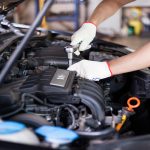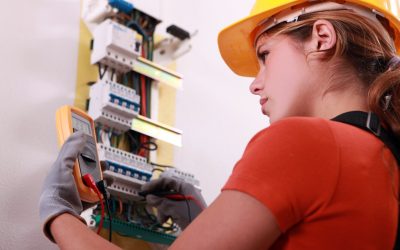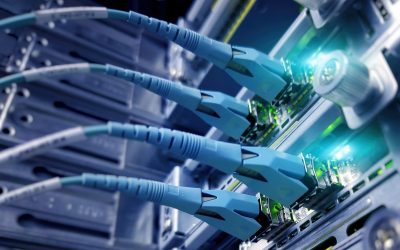Heart disease is the biggest killer in the United Sates today. In fact, each year, more than 600,000 people die from heart disease in the US. Many people die from heart attacks and a number of people suffer with a condition called SCA (sudden cardiac arrest). This can be helped with implantable medical devices called defibrillators. In fact, these devices save many lives each day.
Sudden Cardiac Arrest
SCA is a condition in which the heart suddenly develops an arrhythmia. For unknown reasons, it may beat very fast, slow or irregularly. These arrhythmias can cause the heart to stop beating and this is fatal within a few minutes, unless the heart is restarted artificially. CPR or external defibrillator equipment usually starts the heart beating again, but what if this happens inside a moving car or in an area where no help is available? This is where implantable medical devices enter the picture.
Not a Pacemaker
Did you know there is a difference between a pacemaker and a defibrillator? Pacemakers are designed to keep the heart running at a particular rhythm. A pacemaker keeps the heart beating at a normal pace or rhythm. It senses heart rhythm and sends low energy electrical impulses to speed or slow the heartbeat.
Defibrillators are also called implantable cardio diverters (ICD). They can act as pacemaker and can also deliver high intensity electric shock to start the heart beating again if it suddenly stops. For people with SCA, these implantable medical devices are true lifesavers.
How Defibrillators Work
If you have an ICD implant, it will monitor your heartbeat 24/7. If the heart starts beating irregularly, it will send low electric impulses to correct the problem. Should your heart stop, the ICD will shock the heart to get it started again. Your cardiologist can tell you if you are a good candidate for the implant.







